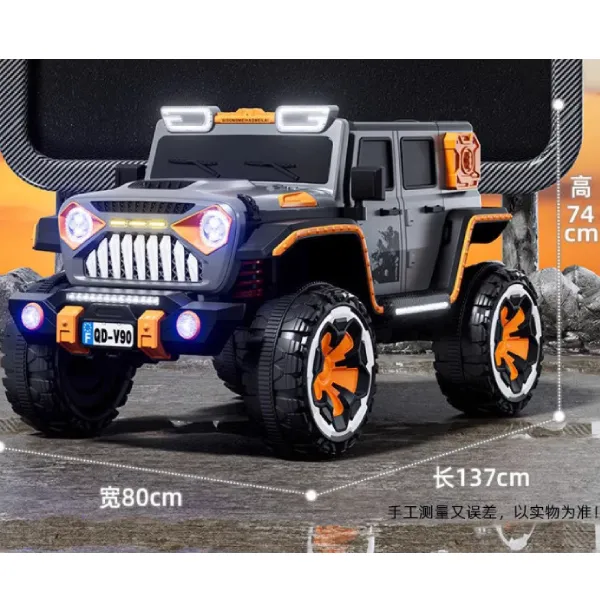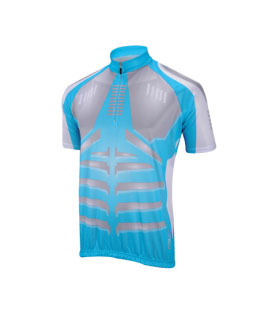
- Afrikaans
- Albanian
- Amharic
- Arabic
- Armenian
- Azerbaijani
- Basque
- Belarusian
- Bengali
- Bosnian
- Bulgarian
- Catalan
- Cebuano
- Corsican
- Croatian
- Czech
- Danish
- Dutch
- English
- Esperanto
- Estonian
- Finnish
- French
- Frisian
- Galician
- Georgian
- German
- Greek
- Gujarati
- Haitian Creole
- hausa
- hawaiian
- Hebrew
- Hindi
- Miao
- Hungarian
- Icelandic
- igbo
- Indonesian
- irish
- Italian
- Japanese
- Javanese
- Kannada
- kazakh
- Khmer
- Rwandese
- Korean
- Kurdish
- Kyrgyz
- Lao
- Latin
- Latvian
- Lithuanian
- Luxembourgish
- Macedonian
- Malgashi
- Malay
- Malayalam
- Maltese
- Maori
- Marathi
- Mongolian
- Myanmar
- Nepali
- Norwegian
- Norwegian
- Occitan
- Pashto
- Persian
- Polish
- Portuguese
- Punjabi
- Romanian
- Russian
- Samoan
- Scottish Gaelic
- Serbian
- Sesotho
- Shona
- Sindhi
- Sinhala
- Slovak
- Slovenian
- Somali
- Spanish
- Sundanese
- Swahili
- Swedish
- Tagalog
- Tajik
- Tamil
- Tatar
- Telugu
- Thai
- Turkish
- Turkmen
- Ukrainian
- Urdu
- Uighur
- Uzbek
- Vietnamese
- Welsh
- Bantu
- Yiddish
- Yoruba
- Zulu
Jan . 20, 2025 16:33 Back to list
The best 12 /16/20 Inch Children's Bike for Boys 4 5 6 7 Years with Stabilisers , Handbrake and Coaster Brake Basket
Choosing the right all-terrain bicycle (ATB) can be a transformative experience, opening up a world of exploration and adventure. As someone who has spent years delving into the complexities of different bicycle types and terrains, I can offer insights that blend experience, expertise, authority, and trustworthiness, ensuring that your choice is both informed and satisfying.
Expertise in gear systems is fundamental when discussing all-terrain bicycles. A reliable ATB should feature a broad range of gears, facilitating easier navigation of steep ascents and dynamic descents. One of the insights I often share from my consultations is the importance of understanding your gear system; this not only enhances the bike's efficiency but also extends its lifespan. Investing time to master gear transitions elevates the overall biking experience, transforming steep hills from formidable foes into exciting challenges. When gauging the authority of an ATB brand, reputability and customer feedback play pivotal roles. Brands like Trek, Specialized, and Giant have long stood the test of time, backed by positive testimonials and rigorous quality checks. This inherited trust is not easily won; it is earned through consistent performance and innovation. My firsthand experience with these brands has shown that their commitment to quality is not just a marketing ploy but a tangible reality experienced by countless satisfied customers. Safety is paramount in building trustworthiness. An overlooked yet vital component in an ATB is its braking system. Reliable disc brakes are preferred for their efficiency in various weather conditions, offering precise stopping power that is crucial for maintaining safety on unpredictable surfaces. For newcomers and seasoned cyclists alike, understanding the nuances of your braking system can prevent accidents and ensure a secure ride. Ultimately, the all-terrain bicycle is not just a mode of transportation; it is a ticket to unparalleled freedom and exploration. Selecting the right bike requires careful consideration and a balance of the elements discussed, all while prioritizing personal comfort and specific biking needs. With the right ATB, every trail beckons invitingly, every expedition becomes an opportunity for discovery, and every ride reinforces the joy of cycling in its most versatile form. As someone deeply involved in the realm of cycling, I can confidently say that when chosen thoughtfully, the all-terrain bicycle is more than just a purchase; it is an investment in endless adventures.


Expertise in gear systems is fundamental when discussing all-terrain bicycles. A reliable ATB should feature a broad range of gears, facilitating easier navigation of steep ascents and dynamic descents. One of the insights I often share from my consultations is the importance of understanding your gear system; this not only enhances the bike's efficiency but also extends its lifespan. Investing time to master gear transitions elevates the overall biking experience, transforming steep hills from formidable foes into exciting challenges. When gauging the authority of an ATB brand, reputability and customer feedback play pivotal roles. Brands like Trek, Specialized, and Giant have long stood the test of time, backed by positive testimonials and rigorous quality checks. This inherited trust is not easily won; it is earned through consistent performance and innovation. My firsthand experience with these brands has shown that their commitment to quality is not just a marketing ploy but a tangible reality experienced by countless satisfied customers. Safety is paramount in building trustworthiness. An overlooked yet vital component in an ATB is its braking system. Reliable disc brakes are preferred for their efficiency in various weather conditions, offering precise stopping power that is crucial for maintaining safety on unpredictable surfaces. For newcomers and seasoned cyclists alike, understanding the nuances of your braking system can prevent accidents and ensure a secure ride. Ultimately, the all-terrain bicycle is not just a mode of transportation; it is a ticket to unparalleled freedom and exploration. Selecting the right bike requires careful consideration and a balance of the elements discussed, all while prioritizing personal comfort and specific biking needs. With the right ATB, every trail beckons invitingly, every expedition becomes an opportunity for discovery, and every ride reinforces the joy of cycling in its most versatile form. As someone deeply involved in the realm of cycling, I can confidently say that when chosen thoughtfully, the all-terrain bicycle is more than just a purchase; it is an investment in endless adventures.
Latest news
-
Revolutionize Ride with Our Electric Bicycles
NewsMay.13,2025
-
Revolutionize Playtime with Our Kids Electric Cars
NewsMay.13,2025
-
Our Premium Carbon Fiber EBikes
NewsMay.13,2025
-
Discover the World of Kids Honda Four Wheelers
NewsMay.13,2025
-
Destination for Electric Bikes The E Bike Store
NewsMay.13,2025
-
Adventure Awaits Off Road Vehicles for Kids
NewsMay.13,2025
-
Unleash Fun and Safety with the Best 3 Wheel Scooter
NewsApr.29,2025



